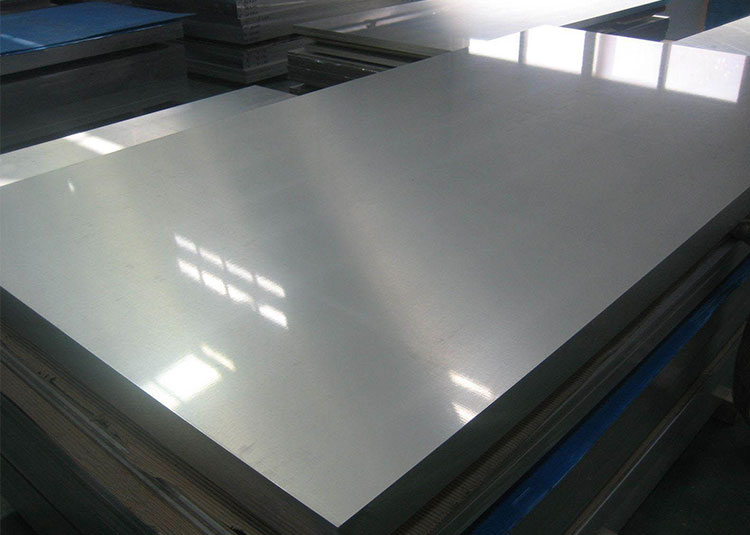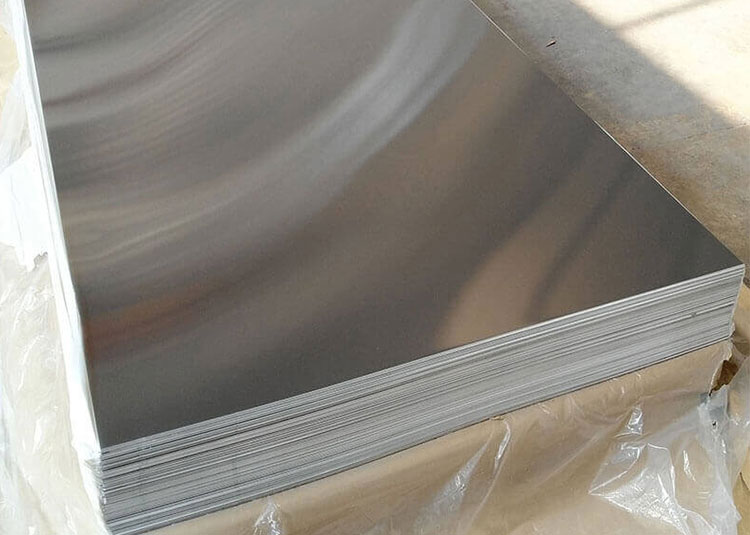7075 Aluminium sheet
In the realm of metals, the 7075 aluminium sheet stands out as an epitome of strength, durability, and versatility. Unlike typical aluminium sheets known for moderate strength and ease of forming, the 7075 alloy interrupts this narrative by offering aerospace-grade performance baked into a corrosion-resistant, lightweight package.
Let's explore the 7075 aluminium sheet through the lens of a modern engineer challenged to optimize structural efficiency in weight-sensitive applications. This perspective sheds unique light on why this alloy's features and applications are distinctively tailored to demanding environments.
Unpacking the Composition and Its Impact
At its chemical heart, 7075 aluminium specification is classified primarily as Al-Zn-Mg-Cu. Here is the detailed composition beholding the secrets of its properties:
Working with 7075 aluminum sheet daily, I've come to appreciate its exceptional strength-to-weight ratio. It's a real workhorse, significantly tougher than many other aluminum alloys we process. However, this strength comes with a trade-off – it's significantly more challenging to machine. Our machinists often need specialized tooling and techniques to avoid tearing or fracturing the material, particularly during operations like drilling or milling. The higher yield strength also means more care is needed during forming processes to avoid cracking. We've invested in advanced press brakes and precisely calibrated tooling to successfully manage this. The payoff, however, is undeniable when you see the finished product – the incredibly durable parts made from 7075 are consistently .
Beyond the technical challenges, I've noticed a distinct difference in the handling of 7075 compared to other aluminum sheets. Its higher density is immediately apparent, making it slightly more physically demanding to handle, especially in larger sheets. We also have strict quality control measures for 7075 due to its higher susceptibility to certain types of corrosion if not properly treated. This necessitates more rigorous surface cleaning and potentially specialized anodizing or coating processes before it leaves our facility. Despite these complexities, the consistent demand for this high-performance alloy, especially in aerospace and defense applications, makes it a cornerstone of our production and a testament to the material properties we strive to master.
| Element | Percentage (%) |
|---|---|
| Zinc (Zn) | 5.1 – 6.1 |
| Magnesium (Mg) | 2.1 – 2.9 |
| Copper (Cu) | 1.2 – 2.0 |
| Chromium (Cr) | 0.18 – 0.28 |
| Others (Fe, Si, Mn, Ti, etc.) | <0.5 |
| Aluminium (Al) | Balance |
This unique blend, with high zinc content balanced by magnesium and copper, propels 7075 into the elite high-strength domain. Additionally, trace chromium refines grain structure, enhancing fracture toughness and stress corrosion resistance.
Mechanical Properties: The Strength Excelled
When specifying material properties beyond generic Aluminium, mechanical numbers tell an impactful story for design feasibility:
| Property | Values (Sheet form) |
|---|---|
| Ultimate Tensile Strength | zinc foil temper T6: ~572 MPa |
| Yield Strength | ~503 MPa |
| Elastic Modulus | 70 GPa |
| Elongation at Break | ~11% |
| Density | 2.81 g/cm³ |
| Hardness (Brinell) | ~150 (HB) |
Tempering conditions (solution heat treatment followed by artificial aging to T6 condition) cultivate this formidable blend of strength and process reliability.
Compared to conventional aerospace steels, 7075 provides a comparable strength-to-weight ratio while massively slashing mass. This divergence via metallurgy solves engineers’ challenge when mass savings are critical, such as in high-performance airframes and sporting goods.
Distinctive Microstructural Influence on Mechanical Behavior
A lesser-appreciated technical facet is the microstructure of 7075 after artificial aging: the age-hardening leads to the precipitation of the MgZn2 phase that^ strengthens the aluminium matrix via precipitation hardening. This scale-level dialogue between matrix and precipitates generates high tensile strength but also engenders relatively lower ductility compared to pure metallic aluminum.
this phenomenon helps engineering virtuosos mitigate crack propagation and improve fatigue resistance through conscientious design, such as limiting stress concentrations and employing surface treatments.
Pros and Cons: Practical Engineering Trade-Offs
Every engineering choice involves trade-offs. For the 7075 sheet, considerations include:
Advantages:
- Excellent strength-to-weight ratio exceeding typical aluminium alloys
- Good fatigue strength and moderate stress corrosion cracking resistance with correct temper
- Capable of anodizing to enhance surface corrosion protection and aesthetics
- Retains dimensional stability under flyaway robotic machining commonly used in aerospace parts
Limitations:
- Reduced weldability requiring alternate fastening or advanced fusion methods such as friction stir welding
- Moderate corrosion resistance that mandates careful surface protection (especially in marine or highly acidic environments)
- Lesser workability compared to softer alloys (e.g., 6061 or 3003 alloys), asking for precise fabrication conditions
Targeted Applications Optimized for Structural Efficiency
Integrating 7075 sheets judiciously produces value when the mission declares lightweight durability mission-critical. Common advanced applications include:
- Aerospace: Primary and secondary aircraft structures, such as wing skins, bulkheads, and fuselage frames, where weight reduction directly enhances fuel economy and payload capabilities.
- Motorsports: Racing car chassis elements that demand rigidity with minimized mass for maximum speed and reliability.
- Military Equipment: Armor plates, missile components, and helicopter parts calling for ruggedness in demanding operational conditions.
- Precision Instruments: Aerospace tools, ruggedized robotic mounts requiring consistent dimensional stability under stress and thermal loads.
- Sporting Goods: High-end bicycles, climbing equipment, and other performance gear maximize agility by cutting unnecessary weight.
Implementation Standards and Quality Control
Manufacturers comply closely with standards like ASTM B209 and AMS 4037/AMS 4045 for 7075 aluminium sheets in terms of size, tempering, and mechanical properties uniformity.
temper nomenclature is key:
- 7075-T6: Solution heat-treated and artificially aged, highlighting maximum strength.
- 7075-T73: Overaged for enhanced corrosion resistance at some cost of ultimate tensile strength, preferred in marine applications.
Concluding Reflections on Engineering with 7075 Aluminium Sheets
Seen through the engineering design perspective aimed for structural weight savings and high-performance trim, the 7075 aluminium sheet emerges as a specialized powerhouse in aluminium alloys. The interplay of chemistry, heat treatment, microstructural control, and mechanical excellence positions 7075 in a unique sweet spot far beyond the commonplace aluminium offerings.
Yet, its limitations and working within its temper-condition boundaries separates mere material buyers from value-adding design engineers. The hallmark application quality needed in aerospace and racing epitomizes the realization of what deft metallurgical engineering and manufacturing finesse can achieve in some of tomorrow’s lasting-performance builds.
In critical applications where every gram matters, and strength cannot be theorized away, selecting 7075 aluminium sheet material articulates a precision decision of informed material science expertise.
References:
- ASM Handbook, Volume 2: Properties and Selection: Nonferrous Alloys and Special-Purpose Metals
- Aluminum Association AA Datasheets for 7075 Alloy, T6 Temper
- ASTM B209 - Standard Specification for Aluminium and Aluminium-Alloy Sheet and Plate



